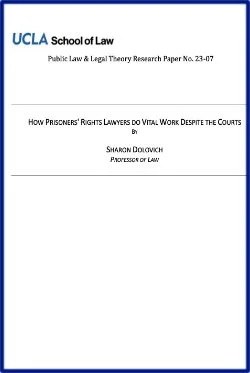By Jennifer Peirce, Madeline Bailey, and Shahd Elbushra
These two research briefs summarize analysis of county jail bookings in seven rural Georgia counties (2019–2020) and five rural Washington counties (2015–2021). In both Georgia and Washington, jail incarceration rates are higher in rural counties than in urban and suburban counties. The briefs, created in partnership with the University of Georgia and Washington State University, demonstrate that jails in these rural counties are primarily holding people for minor charges. Vera calls on local actors to use citation in lieu of arrest and automatic pretrial release policies, as well as to strengthen pretrial services and avoid using jail as a penalty for failing to appear in court or for technical probation violations. The majority of jail admissions in rural counties in both Georgia and Washington were for nonviolent charges, including driving with a suspended license, penalties related to navigating criminal legal system rules (like failure to appear in court), and probation violations.
Punitive policies are driving jail incarceration in rural Georgia






















